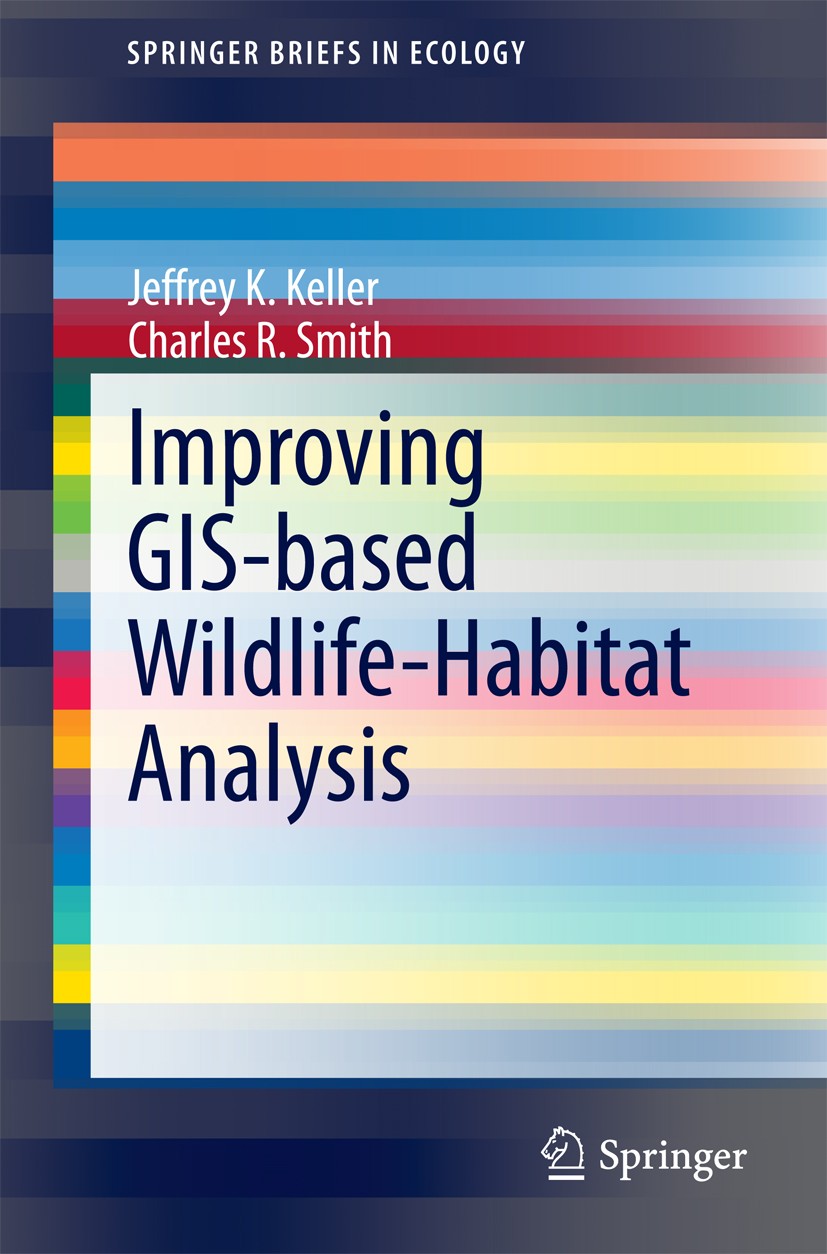| 书目名称 | Improving GIS-based Wildlife-Habitat Analysis |
| 编辑 | Jeffrey K. Keller,Charles R. Smith |
| 视频video | http://file.papertrans.cn/463/462783/462783.mp4 |
| 概述 | Reviews the weaknesses of current GIS-based ecological modeling approaches and offers specific recommendations on how to improve models.Introduces and demonstrates several novel covariates that signif |
| 丛书名称 | SpringerBriefs in Ecology |
| 图书封面 |  |
| 描述 | Geographic Information Systems (GIS) provide a powerful tool for the investigation of species-habitat relationships and the development of wildlife management and conservation programs. However, the relative ease of data manipulation and analysis using GIS, associated landscape metrics packages, and sophisticated statistical tests may sometimes cause investigators to overlook important species-habitat functional relationships. Additionally, underlying assumptions of the study design or technology may have unrecognized consequences. This volume examines how initial researcher choices of image resolution, scale(s) of analysis, response and explanatory variables, and location and area of samples can influence analysis results, interpretation, predictive capability, and study-derived management prescriptions. Overall, most studies in this realm employ relatively low resolution imagery that allows neither identification nor accurate classification of habitat components. Additionally, the landscape metrics typically employed do not adequately quantify component spatial arrangement associated with species occupation. To address this latter issue, the authors introduce two novel landscape |
| 出版日期 | Book 2014 |
| 关键词 | GIS; Geographic Information Systems; Habitat Modeling; Image Resolution; Patch Specificity; Wildlife Ecol |
| 版次 | 1 |
| doi | https://doi.org/10.1007/978-3-319-09608-7 |
| isbn_softcover | 978-3-319-09607-0 |
| isbn_ebook | 978-3-319-09608-7Series ISSN 2192-4759 Series E-ISSN 2192-4767 |
| issn_series | 2192-4759 |
| copyright | The Author(s) 2014 |
 |Archiver|手机版|小黑屋|
派博传思国际
( 京公网安备110108008328)
GMT+8, 2025-11-20 02:54
|Archiver|手机版|小黑屋|
派博传思国际
( 京公网安备110108008328)
GMT+8, 2025-11-20 02:54


